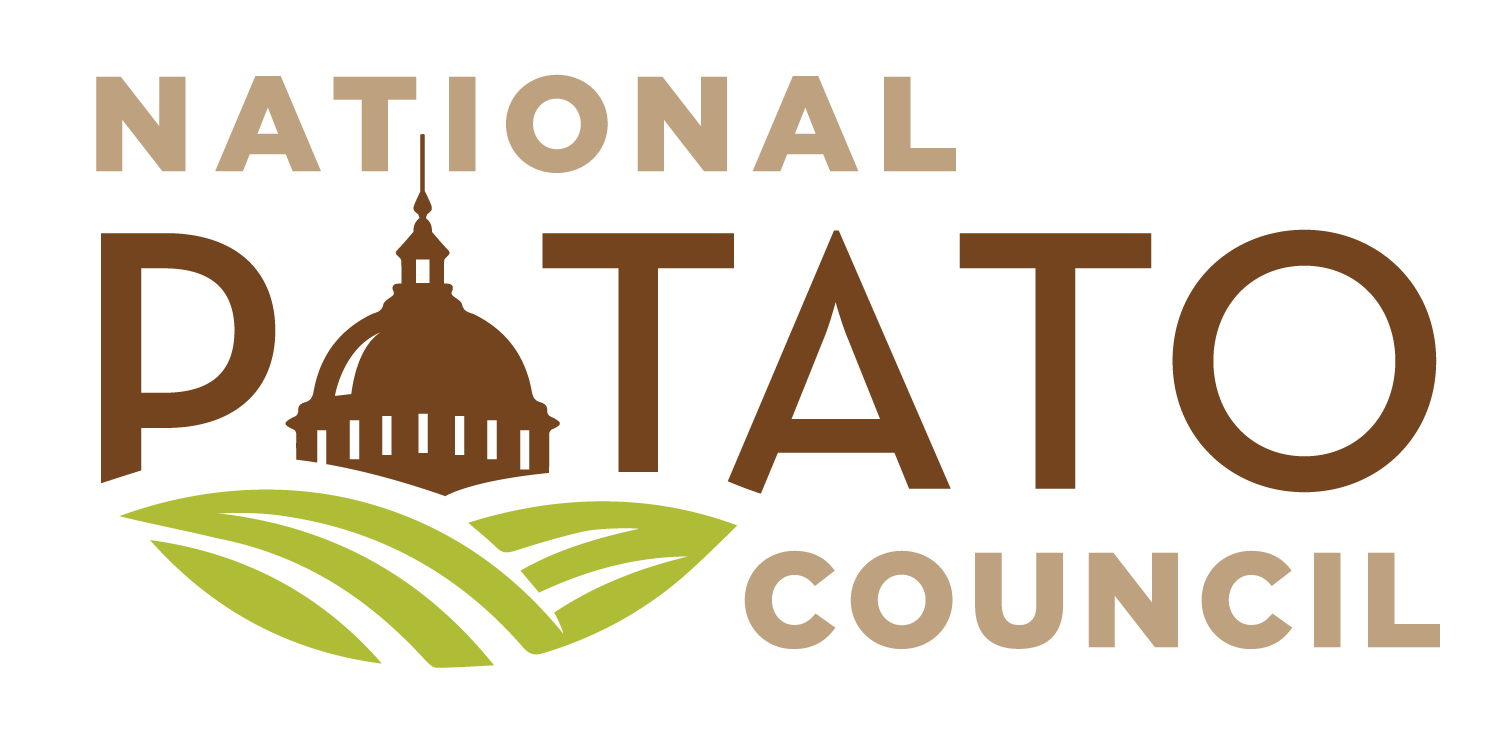Original ambiguous, overreaching language remains intact

On Aug. 29, the U.S. Environmental Protection Agency (EPA) and the U.S. Department of the Army (the agencies) announced a final rule amending the definition of “waters of the United States” intended to address the recent Supreme Court decision in Sackett v. EPA.
USDA Secretary Tom Vilsack defended the new rule, arguing that it gives the agriculture community “the predictability and stability” they have sought in a new WOTUS rule and that EPA “responded to some of the concerns that were most top of mind by farmers.”
While NPC continues to review the rule for its potential impacts on U.S. potato growers, NPC President RJ Andrus commented that the rule retains much of the overly broad language and governmental overreach from the original draft.
“When EPA announced plans to amend the WOTUS regulations that the Supreme Court struck down we were concerned that the revisions would merely tinker around the edges to technically comply with the unanimous Sackett decision. This week those fears became reality as the new rule leaves in place much of the original ambiguous and overreaching language. We are disappointed that this revision fails to provide the clarity that growers were seeking,” said Andrus.
In May, the Supreme Court issued its highly anticipated WOTUS ruling in Sackett vs. EPA, pushing back against federal government expansion of the Clean Water Act (CWA). In a unanimous decision, the Court significantly narrowed the definition of areas regulated under the CWA, limiting its scope only to wetlands that are “as a practical matter indistinguishable from waters of the United States.”

